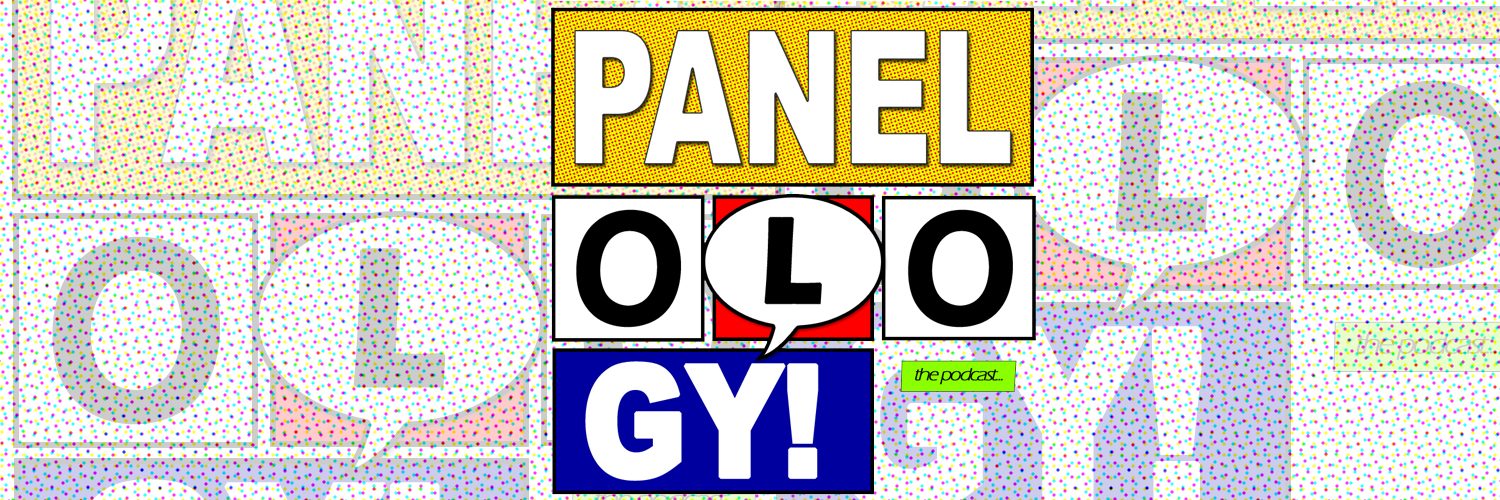Today’s book is an interesting beast. I pulled it off the shelf because I wanted to write about something that was more hard sci-fi—I feel like I’ve written up a few comics with science fiction elements, but none so far that were centered in that genre. I missed the mark, though, by just a little bit.
It’s not wrong to call Invisible Republic science fiction. It is set on Avalon, the moon of an alien planet. There are occasional sci-fi elements introduced, like faster-than-light travel or terraforming. Based on the first trade, this story could have been set on a version of Earth with an alternate history (although it is smart that it isn't—more on that in a moment). Even in a more Earthbound environment, it would still be an engaging political thriller.
There are two stories at play here: one in the middle of the 29th Century, and the other at its beginning. In the present, a disgraced journalist stumbles upon a diary that details a secret chapter in the life of Avalon’s recently deposed dictator; as he investigates his discovery, we see that story play out in the past. (These flashbacks were actually the more engaging part of the story so far, although I suspect that the action will move to the present plot line in subsequent volumes.) All of this is against the backdrop of a derelict, alien world.
This sounds a lot like popular space operas, right? So why do I hedge on calling Invisible Republic hard sci-fi? Well, because it isn’t really driven by its sci-fi elements—at least, not yet. The science fiction setting and details are not ubiquitous in the day-to-day life of Avalon. Its slums look like slums. Its honey farms use wood and nails for beehives. And these are the kinds of places this volume spends its time. Sci-fi trappings function here as lore—the world is an alien world because setting the story in an Earth-like environment that isn’t Earth lets Hardman and Bechko divorce readers from real-world history and geography. It’s familiar, but not too familiar. So when journalists are clueless about what it means to be from Avalon, readers are as well. That distance, when combined with the solid-on-its-own political thriller story, is what makes Invisible Republic tick.
Hardman serves not only as co-writer on the book, but also as series artist. He draws a dingy, impoverished world that looks lived in and worn out (and Boyd’s color work reinforces that); at the same time, his focus is always clear. Part of that comes from his line work; the rest is from his panel layouts. He shifts panels to pull attention to details in the same way a director of photography might in a movie; the more frantic the pace, the more swiftly the panels flow in and out of each other—and when the characters are caught off-guard, the layouts shift on an angle, as though the whole world has turned on its side.
Invisible Republic may not have been what I expected when I grabbed it off my shelf, but once I picked it up, I didn’t put it down. I don’t think its first volume is going to scratch a sci-fi itch, but it definitely makes for a satisfying political drama. If that sounds like it might be your thing—you know the drill.
Collected in
- Invisible Republic, Volume 1 (#1-5)
Credits
Writers: Gabriel Hardman, Corinna Bechko | Artist: Gabriel Hardman | Colorist: Jordan Boyd | Designer: Dylan Todd | Editorial Assistance: Brenda Scott Royce

